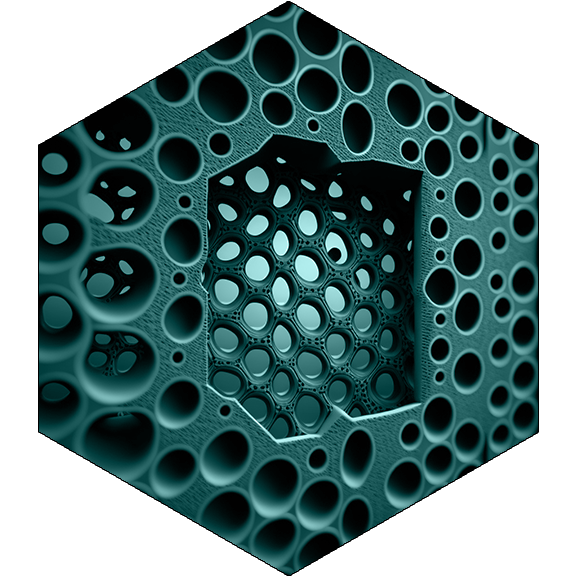“New synthetic platforms for new materials”
MUV-10
Chemical Engineering of Photoactivity in Heterometallic Titanium–Organic Frameworks by Metal Doping
MUV-11
Hydroxamate Titanium–Organic Frameworks and the Effect of Siderophore-Type Linkers over Their Photocatalytic Activity.
MUV-101
Heterometallic Titanium-Organic Frameworks as Dual-Metal Catalysts for Synergistic Non-buffered Hydrolysis of Nerve Agent Simulants.
MUV-12
Selective Implantation of Diamines for Cooperative Catalysis in Isoreticular Heterometallic Titanium–Organic Frameworks.
MUV-12(X) and MUV-12(Y)
Isoreticular expansion and linker-enabled control of interpenetration in titanium–organic frameworks.
MUV-30 AND MUV-301
Integrating Compositional and Structural Diversity in Heterometallic Titanium Frameworks by Metal Exchange Methods.
MUV-35
“Chemical complexity for targeted function”
Unlocking mixed oxides with unprecedented stoichiometries from heterometallic metal-organic frameworks for the catalytic hydrogenation of CO2
Direct Visualization of Chemically Resolved Multilayered Domains in Mixed‐Linker Metal–Organic Frameworks
“Biodesign in crystalline frameworks”
Translocation of enzymes into a mesoporous MOF for enhanced catalytic activity under extreme conditions.
“Processing at the nanoscale for device integration”
Electrical conductivity and magnetic bistability in metal–organic frameworks and coordination polymers: charge transport and spin crossover at the nanoscale
“Photoreactivity in porous materials”
Hydroxamate Titanium–Organic Frameworks and the Effect of Siderophore-Type Linkers over Their Photocatalytic Activity.




